
Published:
Readtime: 8 min
Every product is carefully selected by our editors and experts. If you buy from a link, we may earn a commission. Learn more. For more information on how we test products, click here.
When you think of innovative companies—I mean truly innovative companies—there are really only a few that spring to mind. Apple, with its reinvention of the consumer electronics space during the Steve Jobs era, and Amazon’s shift from redefining how we sell books online to how we sell everything online being two massive examples of what it takes to be considered an innovator in today’s markets: and yet, I would say that when it comes to hardware innovation, few brands can stand toe-to-toe with Dyson.
Between re-imagining the vacuum cleaner into a new industry standard of bagless, cyclonic devices that run smoother and are easier to operate—with the recent announcement of the PencilVac taking that concept to its natural conclusion: a broom with a vacuum in the brush head—the English-born business has also taken aim at other analogous industries ripe for new ideas: hair dryers and straighteners, air purifiers, and even headphones.
What is it that ties all these efforts together? Simply put: it’s a focus on problem-solving embedded deep in the DNA of the company.

Problems first, solutions second
When Sir James Dyson initially invented the business’ foundational cyclonic vacuum technology back in 1991, it wasn’t out of some great brainwave or realisation that this was the future of consumer vacuums. Rather, it was due to his own personal frustration with the then-industry standard.
See, the likes of vacuum technology almost 30 years ago were far less user-friendly. At the time, each vacuum needed a plastic, single-use bag to be attached, which would be filled up with dust and debris as you cleaned and then thrown away—destined for landfill. As an engineer, Dyson had grown frustrated by the need to constantly buy and refit vacuum bags while cleaning his workstation, and realised the need for something better.
Remembering his time at a saw mill, and the large cyclonic cleaner used to clean the space as people worked, Dyson set about finding a way to take something absolutely massive (literally industrial in scale) and scale it down for consumer use. 5,126 failed prototypes later, the company and product we know and love today was born.
Necessity, they say, is the mother of all invention, and to say this invention revolutionised the vacuum space is an understatement: try and find a vacuum cleaner that requires a bag these days and you’ll find it impossible, and it comes down to one thing. Dyson saw a problem, solved it, and sold the solution—and this is still how the company operates today.
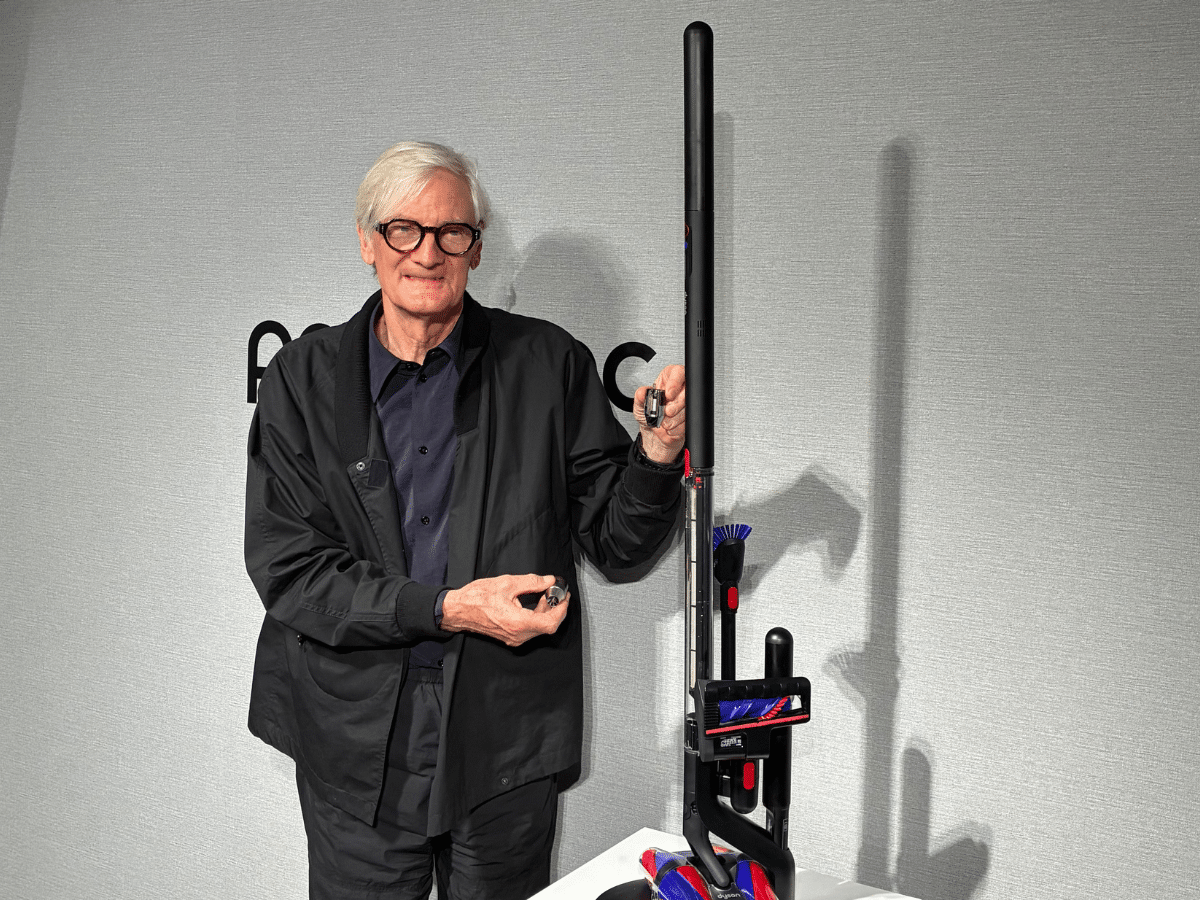
“ exactly the same,” Sir James Dyson tells us. “We’re engineers and we want to develop technology and make better products using that technology, and that’s exactly what we do today.”
It is, in fact, the business’ mission statement: a focus on solving the problems that others have ignored with technology and ingenuity.
Part of that focus comes from the fact the business has never gone public. Rather than answer to a board of shareholders, Dyson (the company) really only answers to Dyson (the man) and its customers.
“We don’t have a CEO that comes in to run the company and then leaves, and then a new CEO comes in and does things differently. It’s the same old me with the same philosophy: not to get big or make money, but to make interesting products,” he says.
The other key to Dyson’s success is in having the space to create a culture of innovation within the company: fundamentally, it’s a company-wide mindset that sets the business apart from its competition, Dyson’s head of home Tom Moody explains.
“We have lots of creative and inventive people looking for new problems to solve, or creative ways they can apply themselves. I think that’s what pushes us forward,” Moody says.
“ has to solve a problem. In some places there might be a more clear ‘here is what we want, go ahead and engineer it’, but that’s not the Dyson way. For us, it’s more about ‘here’s what we discovered in our customers’ homes’, some frustrations they’re facing, and giving our engineers the space to explore that.
“That gives them the latitude and license to create.”
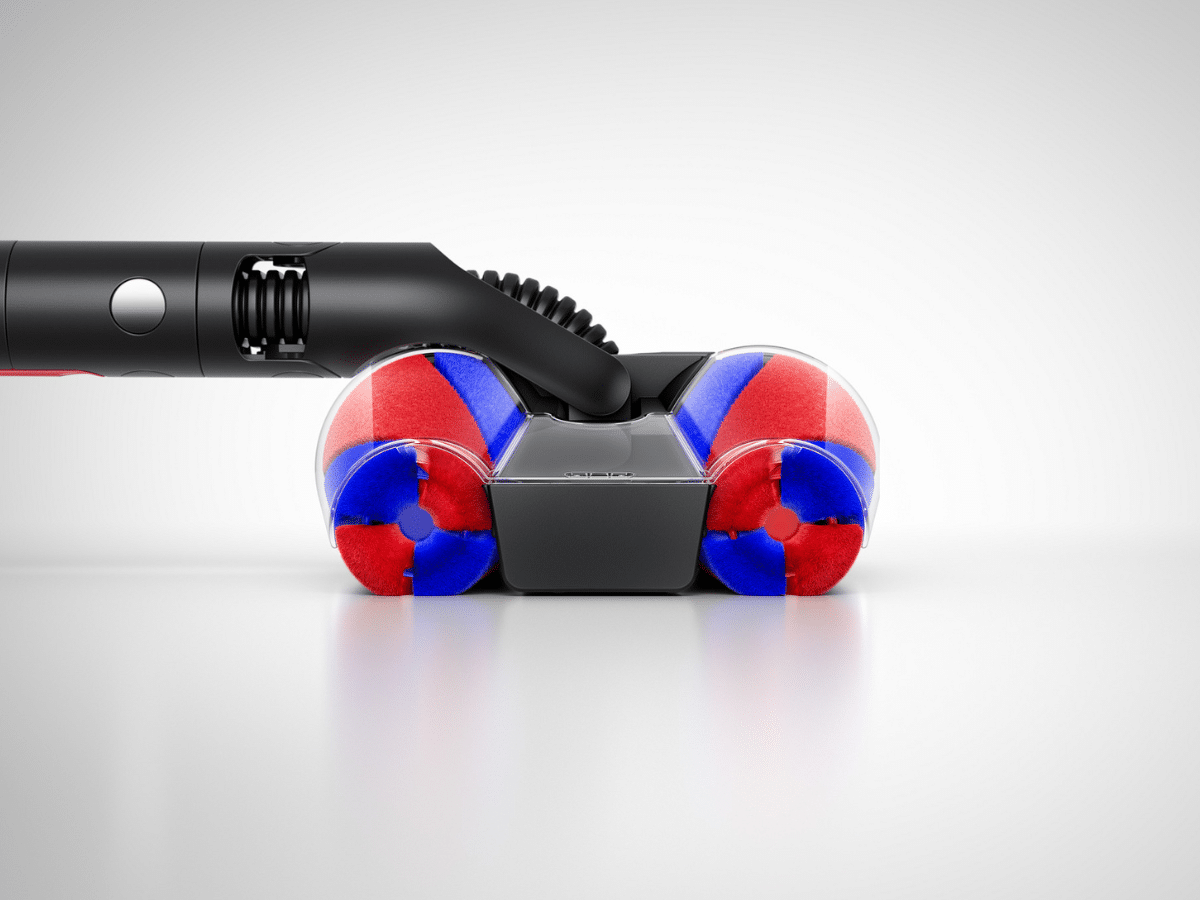
Merging form and function
You’d be forgiven for hearing all that and then thinking: well then why aren’t Dyson’s products over-engineered? In fact, Dyson’s products often strike a near-perfect balance between aesthetics and functionality—delivering the performance and features you want from a vacuum cleaner, hair dryer, straightener, or air purification system, but in a package you’re happy to showcase to friends and family.
This largely comes from the company’s focus on keeping all product staff involved in the product design process from the beginning. Moody notes that even at conceptual stages, engineers are often in contact with the brand’s innovation department, as well as its design team, in order to ensure the company hits a balance between solving a problem and creating new ones.
“That ensures that we don’t get to a stage later in a product’s process where we say ‘we’ve engineered a solution, but it’s big, bulky, and it’d never be accepted by a customer’,” he explains. “We try to bake it in at an early stage during the design process.”
And while it’s rare, there are instances of the business putting the cart before the horse a little, and actively dictating the form of a product before the engineers have even had time to conceptualise a solution: case in point, the PencilVac.
While Dyson made its name in miniaturising an industrial cyclonic cleaner into something customers could drag around their homes, its next bet is on cramming the concept of a vacuum into a simple tool: a broom. It’s something Sir James Dyson has wanted to create for a while, but hadn’t been able to crack the size-to-performance barrier: until now.

How did they do it? By throwing out their vacuum technology almost entirely, and leaning instead on the smaller motors used in the creation of their SuperSonic Hair Dryer products. While it’s an upgraded and reinvented version of the V9 motor (now known as the Dyson Hyperdymium motor), it’s fundamentally the same bit of tech used in the SuperSonic R, down to the size of the broom handle mimicking the size of the hair dryer exactly to ensure the motor functions as expected: 38 millimetres. No more, no less.
“James had long desired to create something that was in a very, very slim format and the size, 38 millimetres, is obviously very linked specifically to the enabling technology that we have,” Moody explains.
“We spent many years designing the V9 motor to try to get something to fit within that package, and so it’s really an extension of that logic. It’s something that’s ergonomic and comfortable for our customers to use.”
Dyson himself prefers it when engineering can dictate the solution, but admits it’s sometimes preferable to have a more defined box to invent within. Necessity, again, is the mother of invention.
“Sometimes it’s quite a good idea to have the form drive the function, rather than the other way around,” he says.
“With the PencilVac, the shape drove everything else because I wanted it to be like a broom. I wanted it to be very simple and easy to use. You can just grab it and there’s no special grip or anything – it’s just a completely natural tool. And that shape drove the technology.”
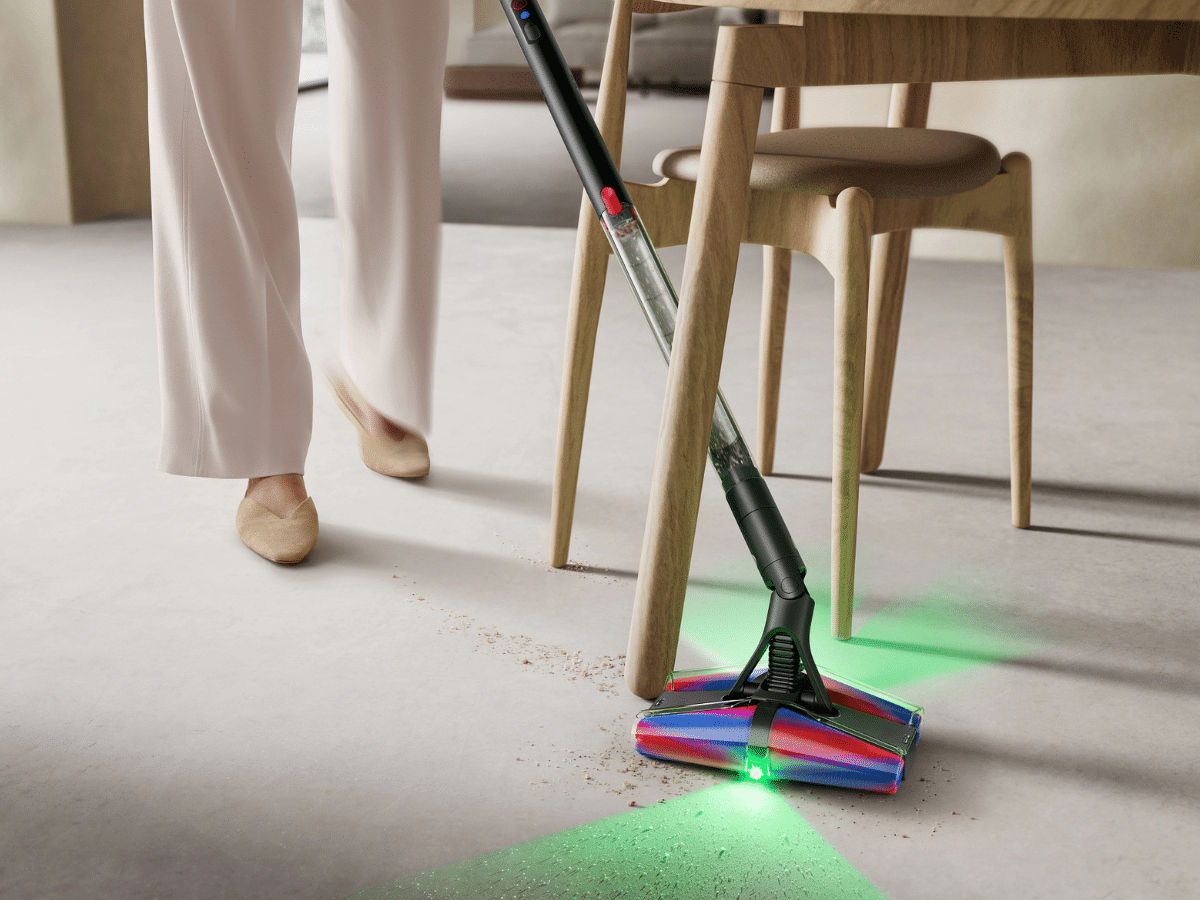
Keeping The Faith
The PencilVac is, in a lot of ways, the final frontier for cleaning tech. It’s hard to imagine a smaller vacuum still striking the right balance between usability and capability, but Sir Dyson already has eyes on smaller models: he just needs the tech to catch up.
All of that doesn’t mean anything if no one buys the products, though. While Dyson has entered a number of new categories, and intends to launch into more, it never bets on products being a huge success out of the gate.
“When you launch a new product you never know that you’re going to sell it—I don’t know that the PencilVac will sell well,” Dyson explains.
“It’s all a risk, but if you stick to the principle that what you’re trying to do is solve problems and make something easier to use, even if it’s in a new category, you can make headway because you believe what you’ve done is a genuine improvement.
“You just have to have faith and hope it works.”
Disclaimer: The author of this article, Dean Blake, was invited to test the Dyson PencilVac and talk to Sir James Dyson and Tom Moody at a Dyson event in Tokyo, Japan.







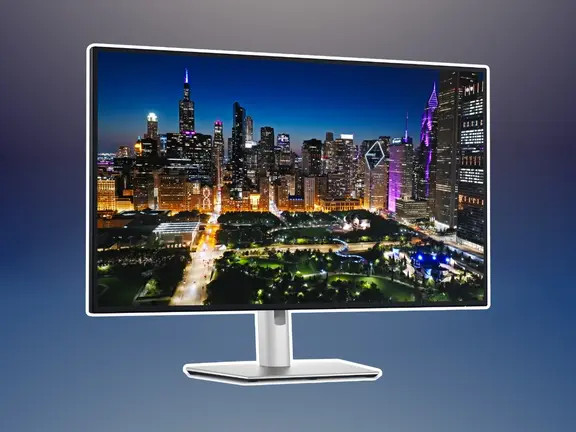
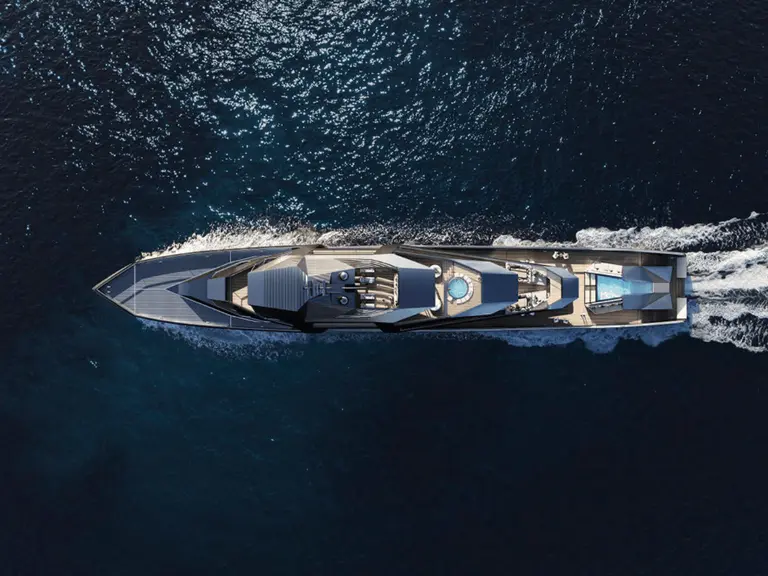




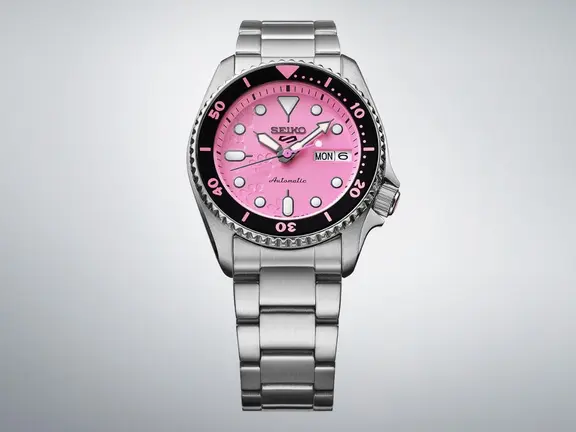

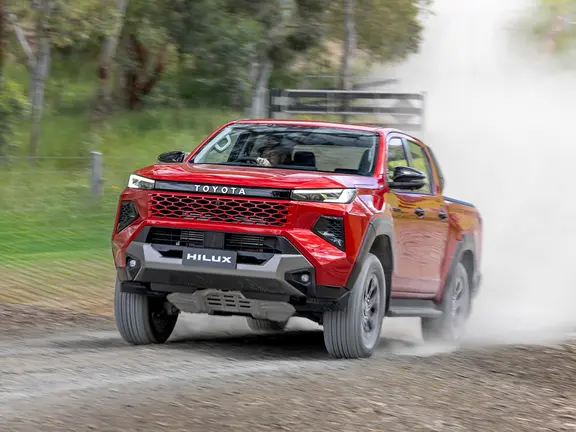


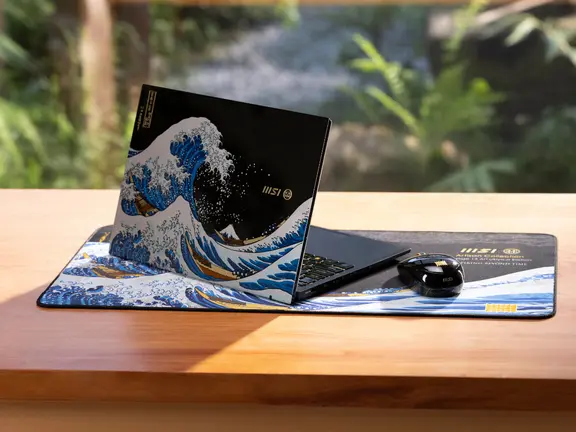



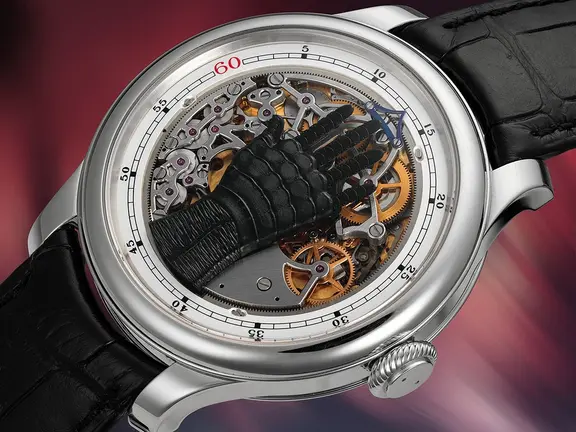











Comments
We love hearing from you. or to leave a comment.